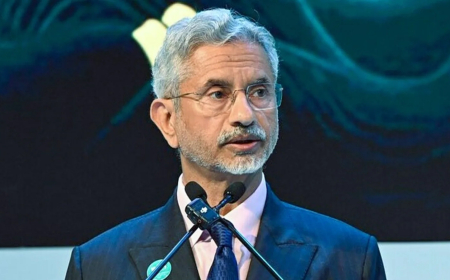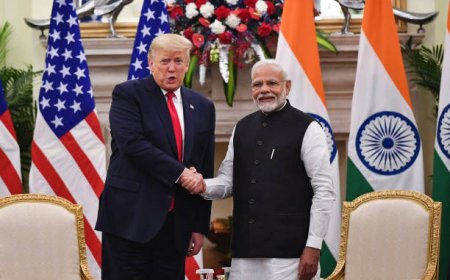Impact of U.S. Tariffs on India’s Jewellery Exports
India’s jewellery exports are projected to face a significant decline due to the impending U.S. tariffs, posing challenges for the industry in the coming years.

The recent announcement of increased tariffs by the United States is set to have a substantial impact on India’s jewellery exports, particularly in the diamond sector, which is a cornerstone of the country’s economy. As per industry insiders, the U.S. tariffs could lower India's jewellery export estimates significantly, with values anticipated to drop as much as 20% in 2025. This potential decline could affect not only revenue but also the livelihoods of thousands involved in this vital industry.
India has long been a global leader in jewellery manufacturing and exporting, with its diamond cutting and polishing units concentrated primarily in Surat, Gujarat. The U.S. serves as a key market, accounting for a considerable portion of India’s jewellery exports. As tariffs increase, Indian products may face higher prices in the U.S. market, leading to reduced competitiveness against other countries. This situation threatens to disrupt the established trade relationship and undermine the hard work invested in building India’s reputation in the jewellery sector.
The immediate effect of these tariffs could be felt across various levels of the supply chain. Manufacturers, exporters, and small artisans may find themselves grappling with decreased demand for their products. Many businesses may also reconsider their production strategies, potentially scaling back operations or diversifying markets to mitigate risks associated with heavy dependence on the U.S. market. However, the overarching sentiment within the industry is one of caution, as the long-term effects remain uncertain.
Moreover, the implications extend beyond mere financial metrics. With India’s jewellery sector employing millions, a downturn in exports could lead to job losses and heightened economic strain. The prospect of reduced export orders raises concerns for skilled labour, especially in regions heavily reliant on the jewellery trade. Local economies tied to the industry may suffer, worsening the situation for workers already facing challenges from recent global economic shifts.
The government's role in addressing these challenges becomes crucial. Stakeholders are calling for immediate discussions with U.S. authorities to seek exemptions or mitigations regarding the new tariffs. It's essential for the Indian government to advocate for its exporters at international forums, leveraging relationships to work toward reducing the impact of such trade barriers. Collaboration with industry leaders to innovate and find alternative markets can also help offset losses in the U.S. sector.
Despite these challenges, there remains a sliver of optimism within the industry as exporters explore opportunities in emerging markets. Countries in the Middle East and Asia could potentially become more significant destinations for Indian jewellery. However, while diversification efforts may yield new pathways for growth, the road ahead remains fraught with uncertainties fueled by tariff-related disruptions.
As the Indian jewellery sector braces for potential turbulence, its resilience will be tested. How the industry navigates this landscape will depend on its ability to adapt to changing market dynamics and the support it receives from the government and international partners. The dialogue on tariffs is just beginning, and stakeholders eagerly await the next steps that may define the future of India's jewellery exports.


















































